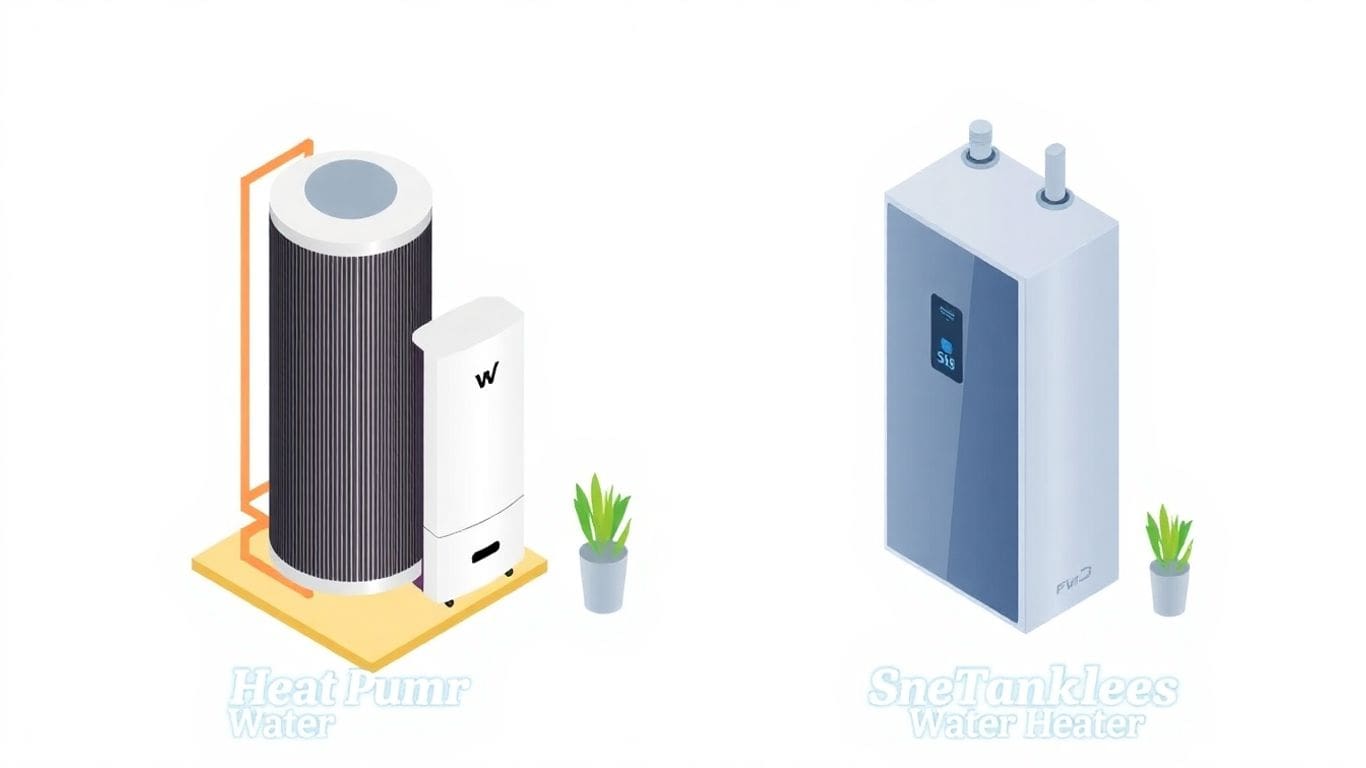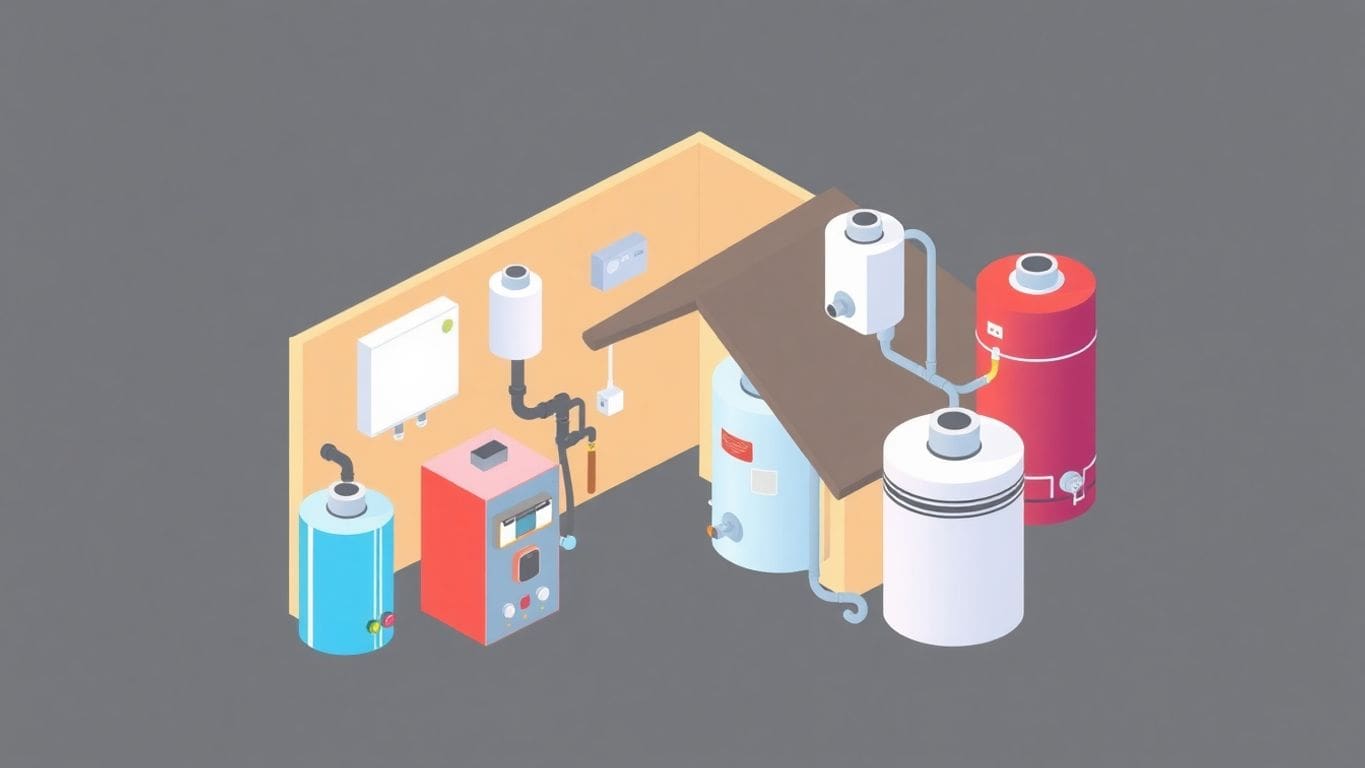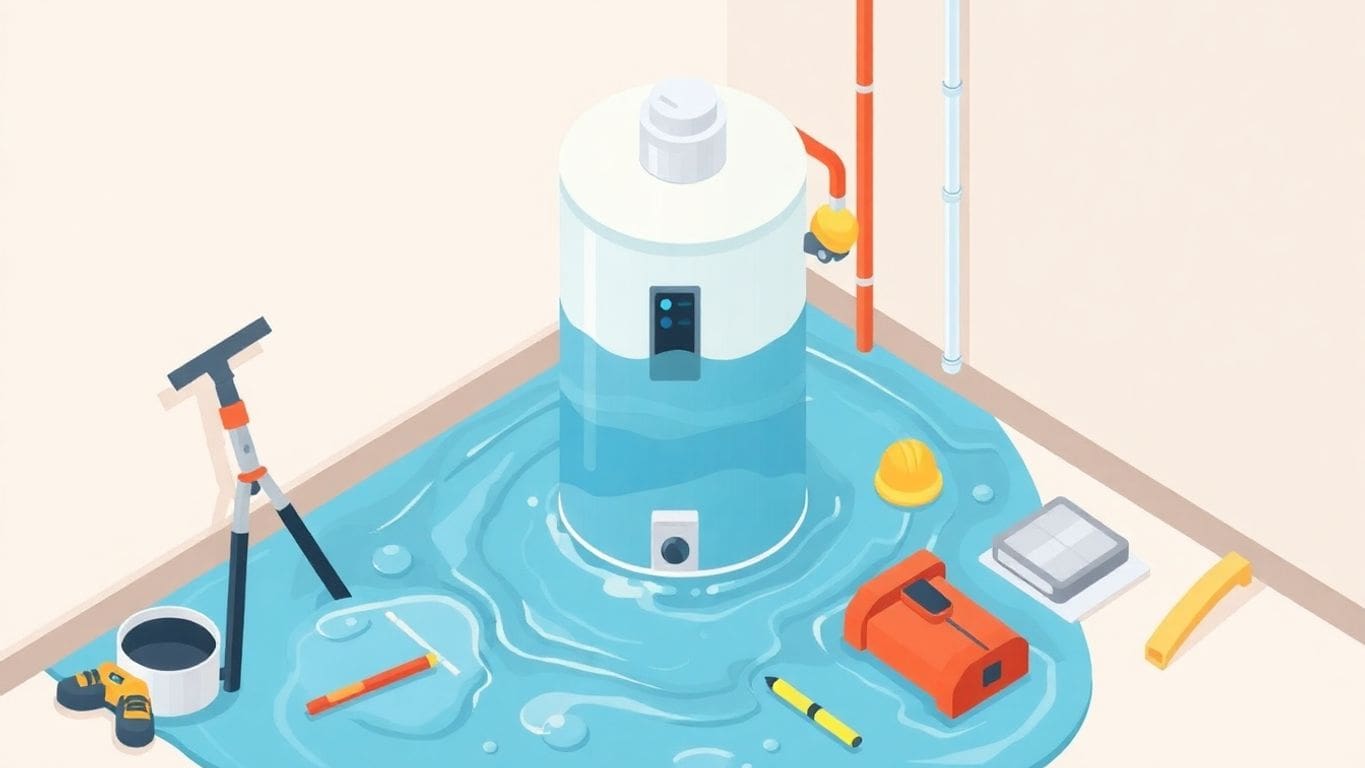
Ever thought about the silent dangers lurking in your home? Your water heater might be one of them. If it’s leaking carbon monoxide, it can be a real threat. This article dives into why that happens, how to spot it, and what you can do to keep your family safe. Let’s break it down, step by step, so you know exactly what to watch out for and how to handle it if it happens.
Carbon monoxide, or CO, is a gas you can’t see, smell, or taste. It’s sneaky because it’s invisible and odorless, which makes it dangerous. CO is made when fuels like gas, oil, or wood don’t burn completely. This can happen in things like cars, stoves, or water heaters. Because you can’t detect it with your senses, it’s important to have alarms that can.
Breathing in carbon monoxide can be really harmful. It can make you feel dizzy, give you headaches, or make you feel sick to your stomach. If you breathe in a lot, it can even make you pass out or be deadly. It’s sometimes called the "silent killer" because it sneaks up on you without warning.
Here are some symptoms to watch out for:
If you or anyone in your home experiences these, it’s important to get fresh air quickly and seek medical help.
Remember, even if you feel okay, carbon monoxide can still be in the air. Always take symptoms seriously.
Water heaters can sometimes let out carbon monoxide if they’re not working right. This can happen if they’re installed wrong or if their vents are blocked. It’s important to make sure your water heater has enough air to burn fuel properly. If not, it might not burn all the fuel, which can cause carbon monoxide to build up.
Here’s why water heaters might leak CO:
Keeping your water heater in good shape with regular check-ups can help prevent these problems. It’s also smart to have a professional look at it now and then to make sure everything’s safe.
Water heaters need to be set up just right. If they’re not, they might leak carbon monoxide. This gas is dangerous because you can’t see or smell it. Always have a professional install your water heater to make sure it’s done correctly.
Vents help push harmful gases out of your home. If a vent is blocked by leaves or dirt, carbon monoxide can sneak back in. Sometimes, vents get damaged over time. Check them often to make sure they’re clear and working well.
Air needs to move freely around your water heater. If it’s in a cramped spot or there’s not enough air, it can cause problems. The heater might not burn fuel right, leading to carbon monoxide leaks. Make sure there’s plenty of space and fresh air where your heater is located.
Keeping your water heater in top shape is not just about hot showers—it’s about keeping your family safe from invisible dangers.
Carbon monoxide is a sneaky gas. You can’t see it, smell it, or taste it. But, it can make you really sick. If you start feeling like you have the flu without a fever, it might be carbon monoxide. Some symptoms to watch for include:
If you notice these signs, especially if everyone in the house feels the same way, get fresh air right away. It could be a carbon monoxide leak.
Alarms are your best friend when it comes to carbon monoxide. They work like smoke detectors but for carbon monoxide. Here’s what you should do:
Sometimes, you can spot signs of trouble just by looking at your water heater. Here are some things to check:
If you see any of these, your water heater might be leaking carbon monoxide. Get it checked by a professional.
Staying alert to these signs can protect you and your family from the dangers of carbon monoxide. It’s better to be safe and check things out if something seems off.
If you think there might be a carbon monoxide leak, the first thing you need to do is get everyone out of the house. Carbon monoxide is dangerous because you can’t see, smell, or taste it. So, don’t take any chances. Leave the house right away and make sure everyone is safe.
Once you’re outside, call 911. Let them know you suspect a carbon monoxide leak. They’ll send help to check it out. It’s important to get professionals involved because they have the right tools to detect and fix the problem.
If anyone feels sick, like having headaches, dizziness, or nausea, get medical help immediately. These could be signs of carbon monoxide poisoning. Even if symptoms seem mild, it’s better to be safe and see a doctor.
Remember, carbon monoxide is a silent threat. Acting fast can save lives. Always prioritize safety and don’t hesitate to call for help.
Keeping your water heater in good shape is super important. Regular check-ups can stop problems before they start. You should have a professional look at your water heater at least once a year. They can spot things like leaks or broken parts that might lead to carbon monoxide leaks.
Your water heater needs to breathe! Make sure it has enough room to let gases out. If the vents get blocked, carbon monoxide can build up. A professional can help you set up the right ventilation system.
You can’t see or smell carbon monoxide, so detectors are a must. Put them near your water heater and in bedrooms. They will beep loudly if there’s a problem, giving you time to get out safely.
Always remember: A little prevention can make a big difference in keeping your family safe.
Here’s a quick list to keep in mind:
If your water heater is getting old, consider upgrading to a newer model to save energy and avoid leaks. Newer models are often more efficient and safer.
When you schedule a professional inspection for your water heater, the technician will check several key areas. They’ll look at the pilot light, the venting system, and other components to ensure everything is working right. This isn’t just about checking boxes; it’s about making sure your water heater is safe and efficient.
Picking the right person for the job is important. You want someone who knows what they’re doing. Look for a technician with experience in water heaters. They should have good reviews and proper certifications. Ask friends or family for recommendations if you’re unsure.
How often should you get your water heater checked? Most experts say once a year is a good rule of thumb. Regular inspections can catch small problems before they become big ones. It’s like going to the doctor for a check-up—better to be safe than sorry.
Having your water heater inspected by a professional is a smart move. It keeps your home safe and helps avoid costly repairs down the line.
Regular inspections are not just about preventing leaks. They’re about keeping your home safe from dangers like carbon monoxide. For more on this, check out water heater leaks and how to handle them.
Carbon monoxide detectors are like smoke alarms but for carbon monoxide (CO) gas. They have sensors that detect CO in the air. When levels get too high, they sound an alarm to warn you. This gives you a chance to react quickly and stay safe. Some detectors even show the CO level on a screen, so you know how much is in the air.
It’s important to put CO detectors in the right spots. Here are some tips:
Keeping your CO detectors in good shape is easy but very important. Here’s how:
Carbon monoxide is silent and invisible, but detectors can be your ears and eyes. They help keep your family safe from this dangerous gas.

Taking care of your water heater isn’t just about keeping the hot water flowing. It’s about safety too. Regular cleaning and flushing are super important. Sediment can build up inside the tank over time. This can cause your heater to work harder and might even lead to leaks or damage.
Your water heater is like any other appliance. It wears out over time. Look out for signs of wear and tear. This can include rust on the tank or any strange noises like banging or popping.
If your water heater is over 10 years old, it might be time to think about getting a new one. Older units can be less safe and cost more to run.
Sometimes, parts of your water heater need replacing to keep it running safely. This can help avoid bigger problems down the line.
Keeping up with these maintenance tasks ensures your water heater runs safely and efficiently. Plus, it helps you avoid unexpected cold showers!

Water heaters don’t last forever. Most traditional ones stick around for about 10 to 15 years. If you’ve got a tankless model, you’re in luck—they can last up to 20 years. It’s important to keep track of how old your water heater is. Knowing its age helps you plan for the future and avoid surprises.
How do you know when it’s time to say goodbye to your old water heater? Here are some clues:
Thinking about getting a new water heater? It’s a good move! New models are often more energy-efficient, which can save you money on your bills. Plus, they come with the latest safety features to keep your home safe. By planning ahead, you can reduce unexpected failures and costly repairs.
Remember, regular maintenance can help extend your water heater’s life. It’s like giving your heater a little TLC to keep it running smoothly. But when the time comes, don’t hesitate to upgrade. Your wallet and peace of mind will thank you.
When it comes to water heaters, you’ve got a few options. Each type has its own perks and drawbacks. Here’s a quick rundown:
Choosing an energy-efficient water heater can save money on your bills. Look for the Energy Star label, which means the heater meets strict energy guidelines. Here are some tips:
Getting a new water heater installed? Here’s what to keep in mind:
Picking the right water heater isn’t just about cost. It’s about safety, efficiency, and meeting your family’s needs. Once your current heater is over 15 years old, it’s time to think about a replacement to avoid safety concerns like gas leaks.
Teaching your kids about carbon monoxide is super important. Start with the basics. Explain that carbon monoxide is a gas that we can’t see or smell. It’s sneaky and can be dangerous. Make sure they know that if the alarm goes off, they need to leave the house right away.
Use simple words and examples. You might say it’s like a smoke alarm but for a gas we can’t see. Show them where the detectors are and what they sound like. Maybe even do a test run so they know what to expect.
Having a plan is key. Sit down with your family and talk about what to do if the carbon monoxide alarm goes off. Decide on a meeting spot outside where everyone can gather. This way, you can quickly see if everyone is safe.
Here’s a simple plan:
Practice the plan a few times a year. You want everyone to remember it, even in a panic.
Regular drills help keep everyone prepared. Just like schools have fire drills, your home should have carbon monoxide drills. This makes sure everyone knows what to do without thinking.
Schedule these drills every few months. Mix it up a bit. Maybe do one in the morning and another at night. This way, everyone knows what to do no matter the time of day.
Remember, being prepared can save lives. It’s always better to be safe and ready than caught off guard. Your family’s safety is worth the extra effort.
Carbon monoxide is a gas you can’t see or smell. It’s dangerous because it can make you very sick or even cause death if you breathe too much of it.
A water heater can leak carbon monoxide if it’s not set up right, if vents are blocked, or if there’s not enough air for it to burn fuel properly.
Signs include headaches, feeling dizzy, being weak, upset stomach, throwing up, and confusion. If you have these symptoms, get fresh air and help right away.
To prevent leaks, have your water heater checked by a pro every year, make sure vents are clear, and use carbon monoxide detectors.
If you think there’s a leak, leave your house quickly and call 911. Get medical help if someone feels sick.
These detectors can alert you when there’s carbon monoxide in your home, helping to keep you and your family safe.
Place them near bedrooms and on every floor of your home to make sure you can hear them if there’s a problem.
It’s a good idea to have a professional check your water heater once a year to make sure it’s working safely.



